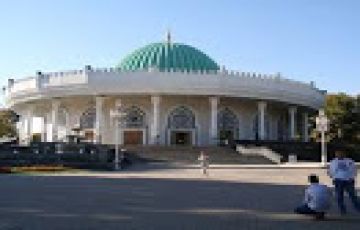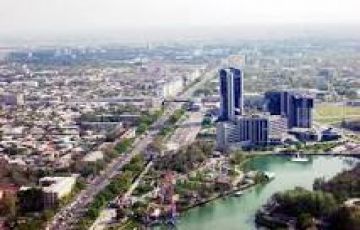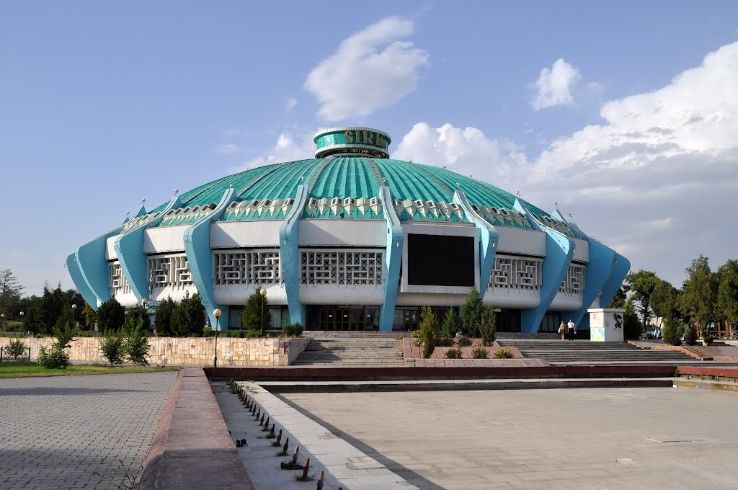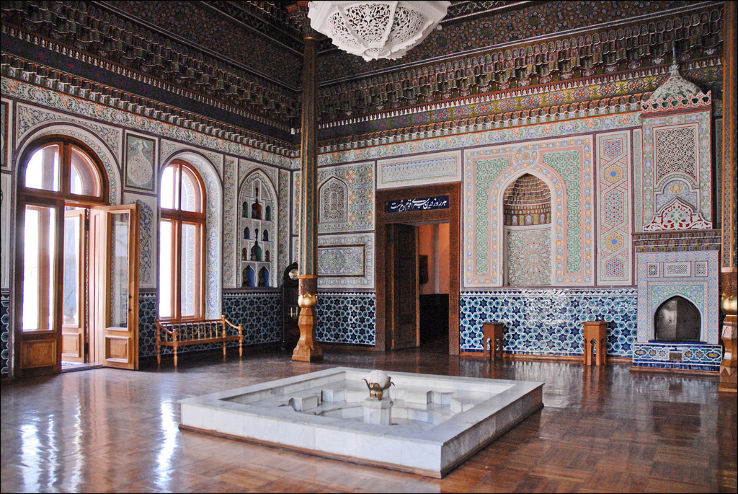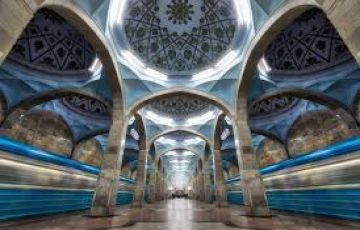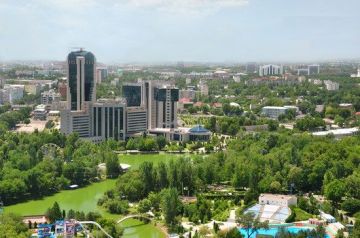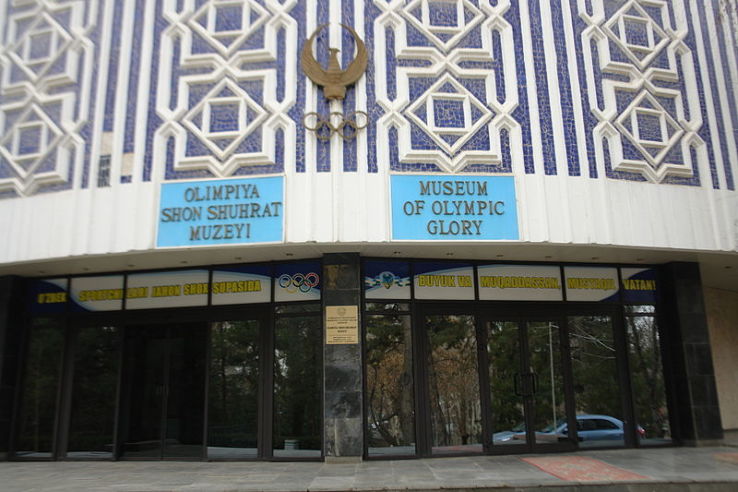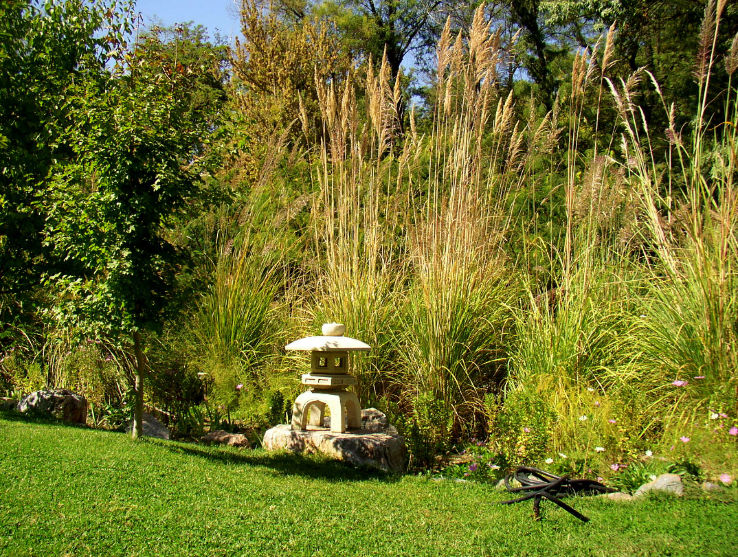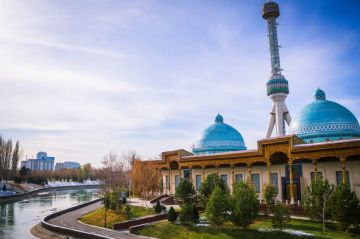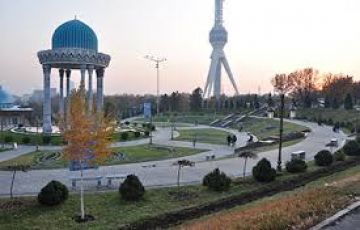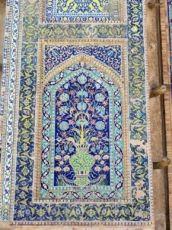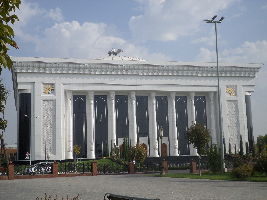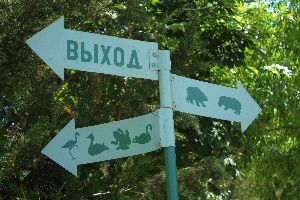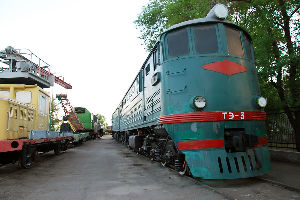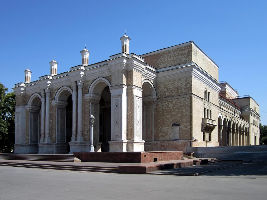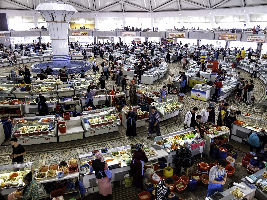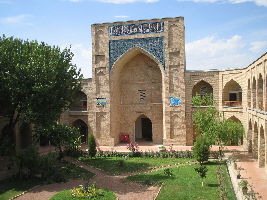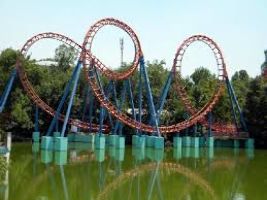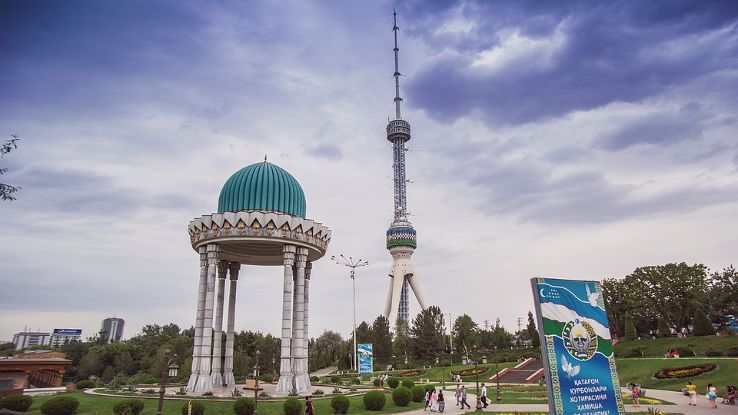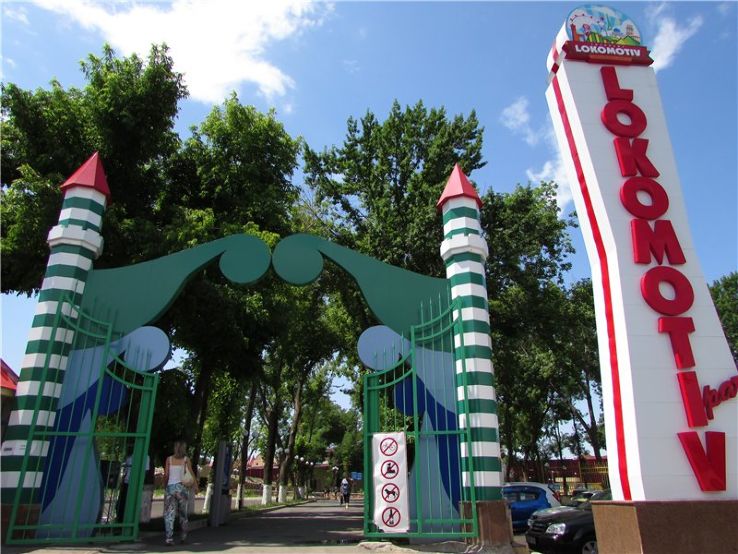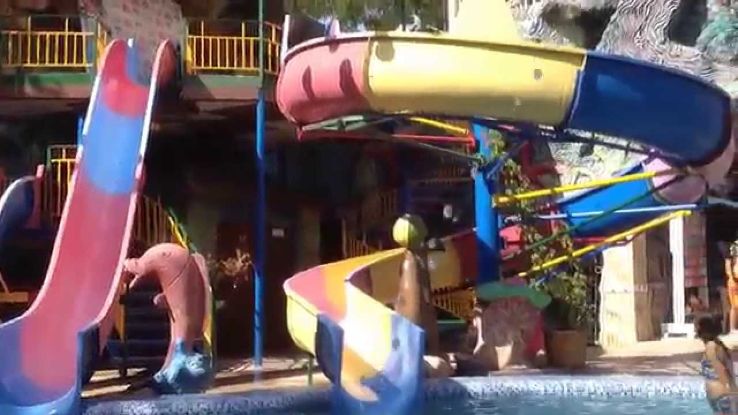• Breakfast 07:00 Hrs -10:00 Hrs • 10. 30 Hrs Panoramic City Tour of Beautiful Tashkent • Visit - Monument of Courage” 1969: The monumental complex ‘Courage’ dedicated to the 1966 earthquake in Tashkent is one of the most significant monuments in today’s city. On 26 April 1966, at 5:24 a. m. , an earthquake with a magnitude of 8. 3 shook the city. The incredibly strong seismic shaking changed Tashkent"s appearance forever. Half of the city’s inhabitants were left without a roof over their heads and had to live in tents. The earthquake had had its epic-centre at a depth of 10 km right under the central blocks of Tashkent, in about the place where the Monument of Courage was erected. A black labradorite cube with the date of 26 April 1966 inscribed on one of its sides is installed on a granite pedestal. Another side of the cube presents a clock, the hands of which show the time of 5:24. The cube is split by a crack symbolising the break of the earth and continuing to the foot of the statue, which represents a woman embracing a child and a man trying to protect them with his breast from the strike of the nature. In the background of the monument there is a composition in relief telling about the restoration of Tashkent. • Romanov Prince Duke” Residence: One of the unusual monuments of Tashkent is the Prince Romanov residence, built in 1891 in the center of the city, under the project of architects A. L. Benoit and V. S. Geyntseltsman. This is a one-storey private residence of Nikolay Konstantinovich Romanov, who was a grandson of Emperor Nicholay I, and who was exiled by his royal parents to Tashkent in 1877 to live there until his death in 1918. After his death, the building housed the Museum of Arts of Uzbekistan, then Museum of Antiques and Jewelry of Uzbekistan, and in Soviet times it was used for the Palace of the Pioneers. At the end of the XX century, the building was restored and is now used as the Reception House of the MFA of Uzbekistan. • Opera and Ballet Theatre named after Alisher Navoi outside only: The Alisher Navoi Opera and Ballet Theatre is the largest and most unique theatre on the territory of Central and Southeast Asia. Its achievements are of great value to the Uzbek people, the pride of the nation. In 1929, amateurs of concert-ethnographic group led by M. Kari-Yakubov waas established and later founded the professional theatre. In 1939 it was renamed to the Uzbek State Opera and Ballet Theatre, and in March of 1948 it was united with Russian theatre and called as the State Opera and Ballet Theatre named after Alisher Navoi. Later, in 1959 the theatre obtained the status of Academic theatre and in 1966 – the status of Bolshoi Theatre, Designed by Alexey Shchusev, the building of the theater was built in 1942-1947 and was opened to the public in November, 1947, celebrating the 500th anniversary of the birth of Alisher Navoi. During 1945-47, the Japanese prisoners of war participated in the building construction under forced labor. The theater has a capacity of 1, 400 spectators. It has its main stage of 540 square meters. • Memorial of Repressions Victims with the traditional ornaments: Memorial complex of Memory of Repression Victims was opened in 2002, located in one of the most beautiful places in Tashkent, opposite the TV Tower. The complex consists of two buildings, devoted to the victims of Stalin repression, as well as park and rotunda with a memorial stone. Rotunda is the building with the dome of turquoise color, based on eight marble columns. There is an inscription in three languages on the memorial stone: “In the memory of those who died for their country will live forever”. It was decide to build identical building of the museum in honor of 20-th anniversary of Independent of Uzbekistan. Today, the building complex consists of two buildings-twins, where visitors like to be photographed. • Tashkent TV Tower outside only: The Tashkent Television Tower Uzbek: Toshkent Teleminorasi is a 375-metre-high 1, 230 ft tower, located in Tashkent, Uzbekistan. Construction started in 1978 and it began operation 6 years later, on 15 January 1985. It was the 3rd tallest tower in the world from 1985 to 1991. The Tashkent Television Tower Uzbek: Toshkent Teleminorasi is a 375-metre-high 1, 230 ft tower, located in Tashkent , Uzbekistan. Construction started in 1978 and it began operation 6 years later, on 15 January 1985. It was the 3rd tallest tower in the world from 1985 to 1991. The main purposes of the tower are radio and TV-transmission. The signal reaches the farthest points of Tashkent Province and some of the south regions of Kazakhstan. The tower is also used for communication between governmental departments, and organizations. The tower also serves as a complex hydrometeorological station. • City tour of Tashkent: • Visit Hazrat Imam complex, Old City: Hast Imam Square Hazrati Imam is a religious center of Tashkent. Hast-Imam is located in the old town, within neighborhoods with the old wattle and daub houses. This complex appeared near the tomb of one of the first imam of Tashkent city, the famous scientist, scholar of the Koran and Hadith, poet and craftsman Hazrati Imam full name - Abu-Bakr Muhammad Kaffal Shashi. On the territory of the Hast-Imam, there are few arhitectural monuments, including the madrasah of Barak-Khan, Tilla Sheikh Mosque, mausoleum of the Saint Abu Bakr Kaffal Shashi and the Islamic Institute of Imam al-Bukhari, where future preachers are taught. The Spiritual Administration of the Muslims of Central Asia, led by the Mufti, is also placed there. • 1 bottles of 1lt of water to be given per pax • 14:00 Hrs Lunch in Indian restaurant • After lunch city tour start • 20:00hrs Transfer to an Indian Restaurant for Grand Gala Dinner with Veg , Non Veg Snacks, free flow of Vodka, Beer, soft drinks & world Class Belly Dance Show Program You May Carry your own Alcohol with No Extra Charges • 23:00hrs Transfer back to the hotel.



